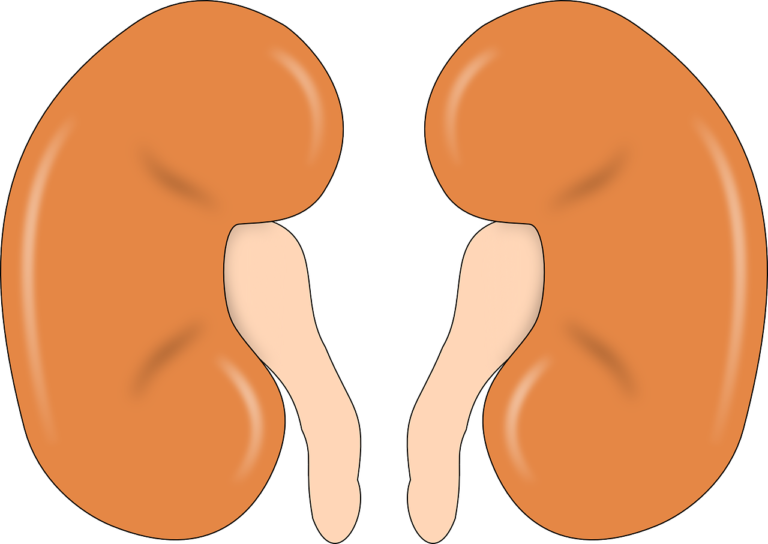Savings for old age the EPF way
PETALING JAYA: There is a lot to gain from leaving one’s savings in the Employees Provident Fund (EPF) for an extended period after retirement.
Based on an average annual interest rate of 6%, one can see savings grow by about 80% in just a decade after retirement even if one stops making fresh contributions, said EPF head of strategy management Balqais Yusoff at an old age security forum recently
“Contributors should take advantage of this,” she said when highlighting the potential growth of savings through compound interest.
Balqais said that at the current dividend, a contributor who has RM600,000 in his savings at age 55 will see his account balance grow to RM803,000 if he does not make any withdrawal until he is 60.
When the contributor turns 65, she said, he will have RM1.07 million in savings if he remains steadfast in not touching his nest egg
Starting early and leveraging on compound interest are key to a more secure retirement.
To emphasise the point, Balqais said a RM100-a-month contribution from age 20 to 60 will see the principal sum of RM48,000 grow to RM191,000 through compound interest.
On the other hand, a RM200-a-month contribution from age 40 to 60 on an equivalent principal amount of RM48,000 will see the savings accumulate to only RM91,000 over the 20 years.
“This highlights the advantage of starting early to capitalise on comp ound interest,” she said.
A cause for concern
Balqais said the current state of affairs is worrying.
Slightly more than half of EPF contributors aged 50 to 54, who are already approaching the age when they can withdraw all their savings, have less then RM50,000 in EPF savings.
This translates to a monthly replacement income of only RM208 or less over a period of 20 years.
“This places them in the absolute poverty category,” she said.
Data shows that 78% of the 7.9 million active EPF contributors earn a monthly income of RM5,000 and below, and nearly half of them earn less than RM2,000 a month.
“(Low) wages is one of the biggest factors affecting savings accumulation (of savings) by EPF contributors,” she said.
Decreasing fertility rate
Apart from low retirement savings, the lack of old-age security in Malaysia is compounded by a falling fertility rate and rising life expectancy.
Balqais said the average number of children for every woman has declined from 6.4 in 1950 to 1.7 last year.
On the other hand, the average life expectancy has risen from 54 years in 1957 to about 75 years in 2000.
“At this rate, the number of elderly people depending on the support of the younger generation will increase rapidly,” she said.
It has been estimated that there were nine working age adults to support one elderly person last year.
However, it has been projected that this will drop to just three working age adults supporting one elderly dependent by 2060.
The economic implication cannot be over-stated.
Balqais said there is a potential decline of 5.5% in gross domestic product (GDP) growth for every 10% increase in the elderly population.
Over and above that is a potential 9% decline in revenue from income tax with every 10-percentage-point increase in old-age dependency ratio, along with a 33% increase in health spending attributed to ageing-related health problems by 2030. – Free Malaysia Today.







